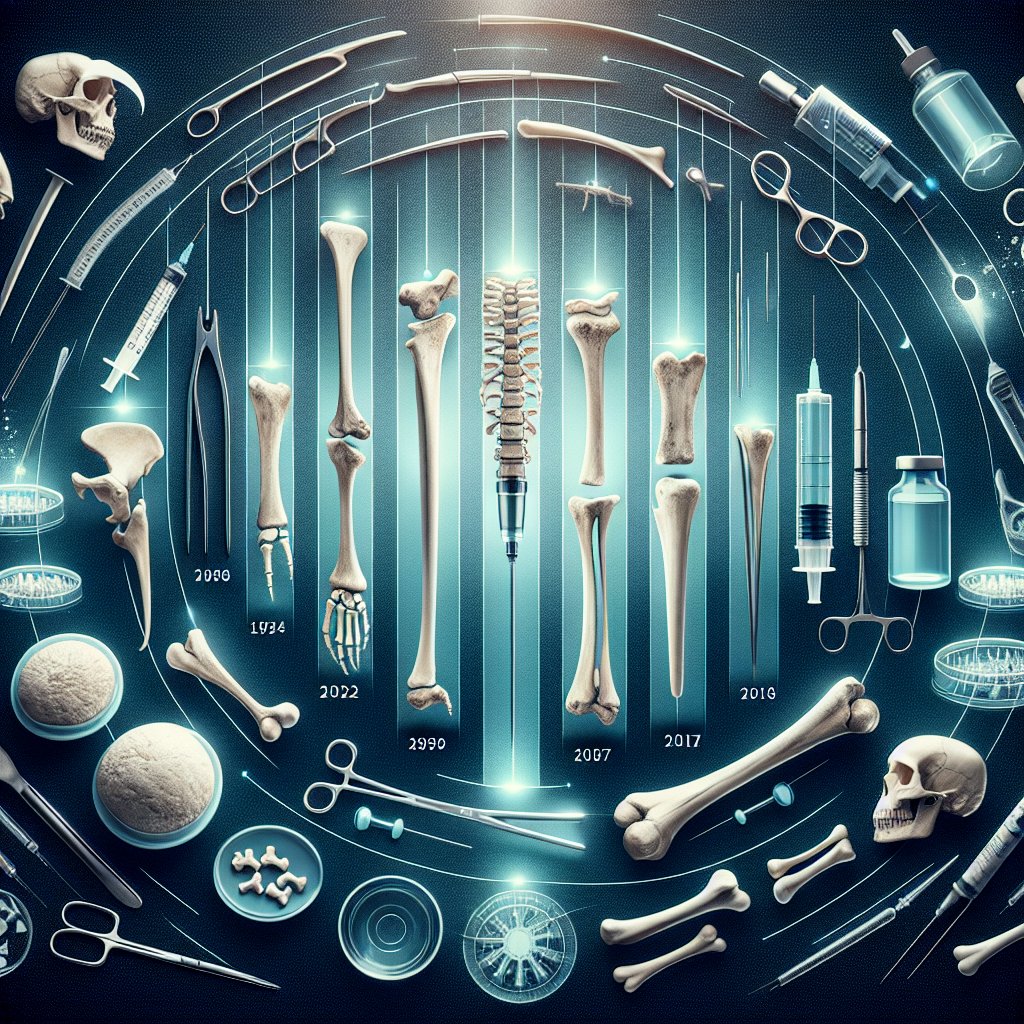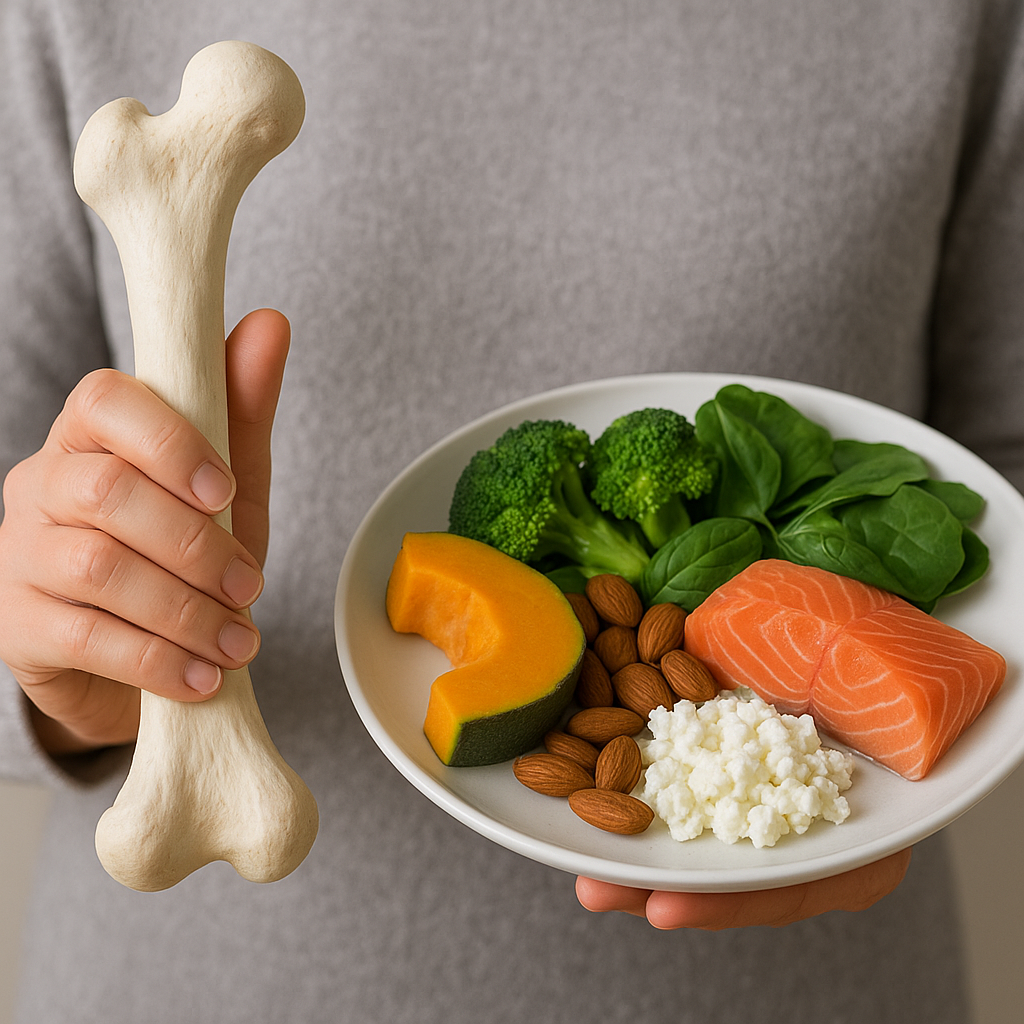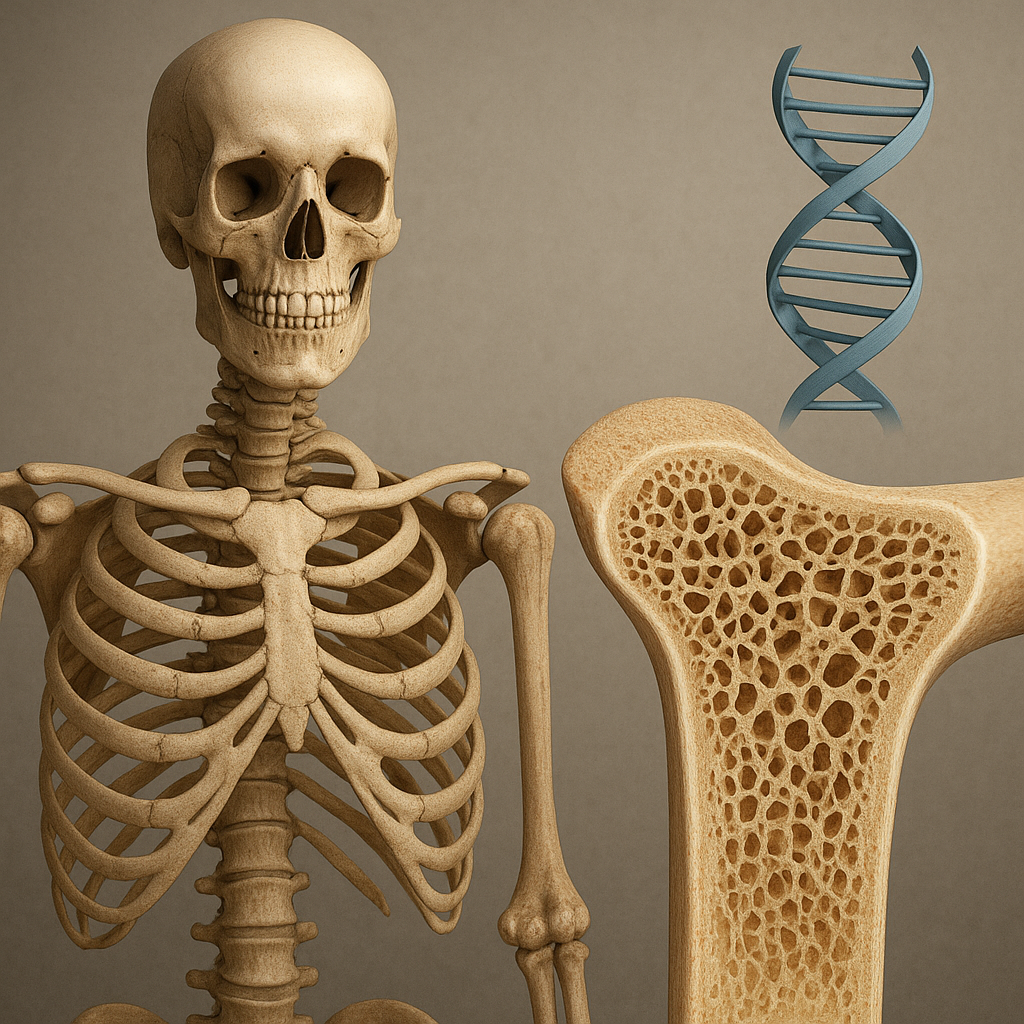The history of bone transplants in medicine is a fascinating journey that reflects the evolution of surgical techniques, medical understanding, and the quest for improving patient outcomes. From ancient practices to modern advancements, bone transplantation has played a crucial role in treating various conditions, including fractures, bone diseases, and injuries. This article delves into the historical milestones, the development of techniques, and the future of bone transplants in medicine.
Early Practices and Historical Milestones
The concept of bone transplantation is not a modern invention; it has roots that trace back to ancient civilizations. Archaeological evidence suggests that as early as 3000 BC, ancient Egyptians practiced rudimentary forms of bone grafting. They used animal bones to treat injuries, demonstrating an early understanding of the importance of bone integrity in healing.
In ancient India, texts such as the Sushruta Samhita, written around 600 BC, described surgical techniques that included the use of bone grafts. Sushruta, often referred to as the “father of surgery,” detailed methods for repairing fractures and reconstructing damaged tissues, laying the groundwork for future surgical practices.
Fast forward to the 19th century, when the field of surgery began to advance rapidly. The introduction of anesthesia and antiseptic techniques revolutionized surgical procedures, making them safer and more effective. In 1881, the first documented successful bone graft was performed by Dr. Joseph Lister, who used a piece of bone from a rabbit to repair a human fracture. This marked a significant turning point in the history of bone transplants, as it demonstrated the potential for using grafts to promote healing.
Advancements in Techniques and Technologies
The 20th century saw remarkable advancements in bone transplantation techniques, driven by innovations in medical technology and a deeper understanding of human anatomy. One of the most significant developments was the introduction of allografts, which involve using bone tissue from a donor. This expanded the possibilities for bone transplantation, allowing surgeons to perform complex procedures without relying solely on the patient’s own bone.
In the 1950s, Dr. Harold E. Edgerton pioneered the use of allografts in orthopedic surgery, successfully treating patients with severe bone loss. His work laid the foundation for the widespread acceptance of allografts in clinical practice. The establishment of bone banks, where donated bone tissue could be processed and stored, further facilitated the use of allografts in surgery.
As the field progressed, researchers began to explore the use of synthetic materials for bone grafting. In the 1980s, bioactive ceramics and polymers emerged as viable alternatives to natural bone. These materials offered several advantages, including reduced risk of disease transmission and improved availability. The development of these synthetic grafts opened new avenues for treating bone defects and injuries.
Challenges and Ethical Considerations
Despite the advancements in bone transplantation, several challenges and ethical considerations remain. One of the primary concerns is the risk of rejection, particularly with allografts. The body’s immune system may recognize the transplanted tissue as foreign and mount an immune response, leading to complications. To mitigate this risk, surgeons often use immunosuppressive medications, but these come with their own set of side effects.
Ethical considerations surrounding bone donation also play a significant role in the field. Ensuring informed consent, maintaining donor anonymity, and addressing cultural beliefs about body integrity are crucial aspects of the bone transplantation process. Medical professionals must navigate these complexities to ensure that the practice remains ethical and respectful of patients’ wishes.
The Future of Bone Transplants in Medicine
Looking ahead, the future of bone transplants in medicine is promising, with ongoing research and technological advancements poised to enhance patient outcomes. One area of focus is the development of tissue engineering techniques, which aim to create bioengineered bone grafts that mimic the properties of natural bone. These grafts could potentially reduce the risk of rejection and improve integration with the patient’s existing bone.
Additionally, advancements in 3D printing technology are revolutionizing the field of bone transplantation. Researchers are exploring the use of 3D-printed scaffolds that can be customized to fit the specific needs of individual patients. This personalized approach could lead to more successful outcomes and faster recovery times.
Furthermore, the integration of stem cell therapy into bone transplantation holds great promise. Stem cells have the potential to differentiate into various cell types, including bone cells, and could enhance the healing process. Ongoing studies are investigating the use of stem cells in conjunction with bone grafts to improve regeneration and repair.
Conclusion
The history of bone transplants in medicine is a testament to human ingenuity and the relentless pursuit of improving healthcare. From ancient practices to cutting-edge technologies, the field has evolved significantly, offering hope to countless patients with bone-related conditions. As research continues to advance, the future of bone transplantation holds the potential for even greater innovations, ultimately leading to improved patient care and outcomes.













